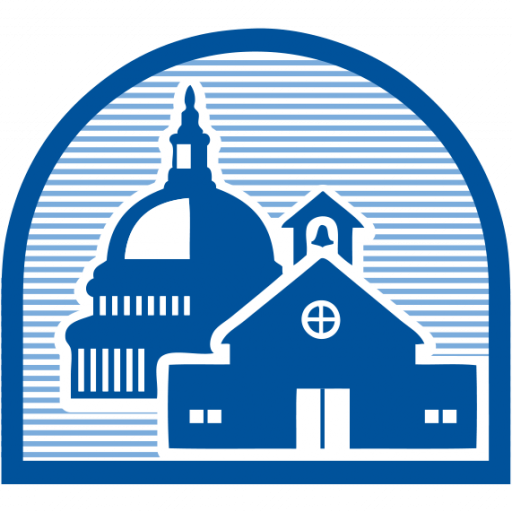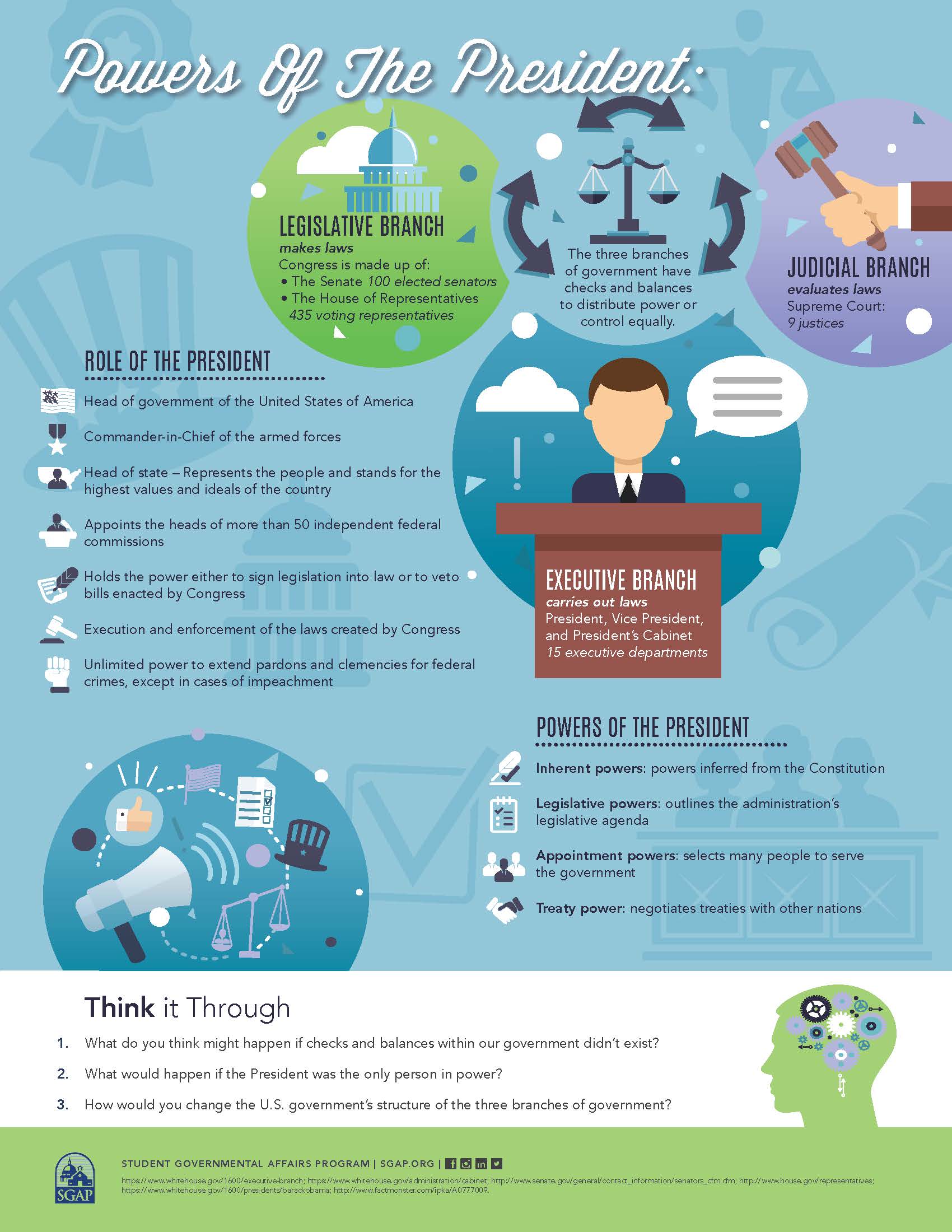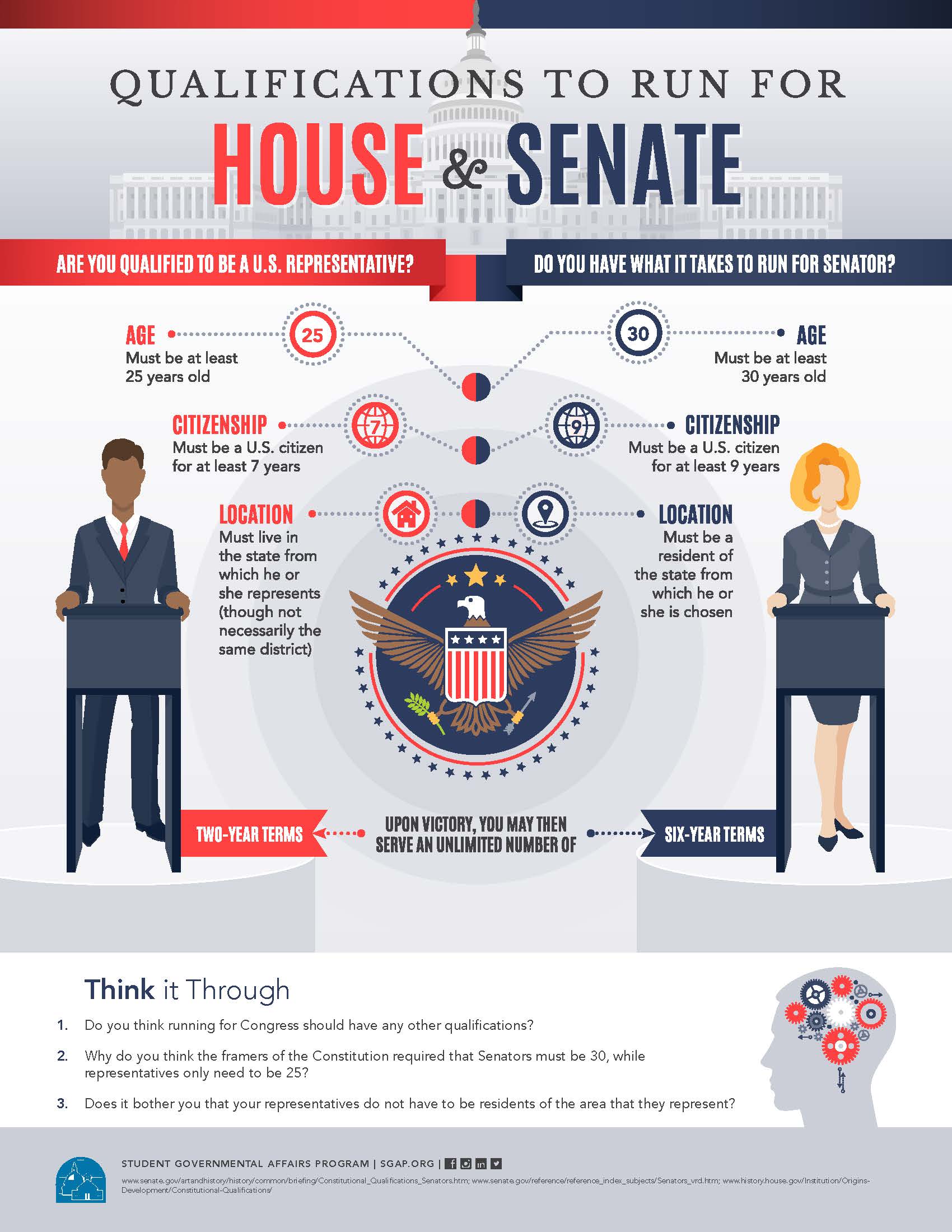Trivia Answers – May 2017 Newsletter
SYRIAN MISSILE STRIKES
1. During the U.S. missile strike, 59 _____ cruise missiles were launched from the guided-missile destroyers USS Ross and Porter in the eastern Mediterranean. a. Harpoon b. Tomahawk c. Javelin 2. The airfield that was targeted in the U.S. missile strike is near which city in Syria? a. Aleppo b. Damascus c. Hom 3. The missile strike carried out by the Trump administration marks a significant shift in U.S. relations with Syria from the Obama administration. a. True b. False 4. The first large-scale use of chemical weapons was during World War II. a. True b. False
MINIMUM WAGE
1. The federal minimum wage for tipped workers is ____ an hour and hasn’t been raised since 1991. a. $2.13 b. $4.02 c. $5.45 2. Opponents of raising the minimum wage say because of the law of ____, some workers will lose their jobs or have their hours cut if businesses are forced to pay them more. a. diminishing returns b. supply and demand c. lean manufacturing 3. According to the Bureau of Labor Statistics, nearly a quarter (24%) of people at or below the federal minimum wage are teenagers (ages 16 to 19), as of 2013. a. True b. False 4. In 2012, the richest 1% of the U.S. population earned 22.83% of the nation’s income, resulting in the widest gap between the rich and the poor since the 1920s. a. True b. False
Research Links & Critical Thinking Questions for May 2017 Issues
LINKS
For further research, please see the links below. Links have been shortened for your convenience. Issue 1: Syrian Missile Strikes Statement by President Trump on Syria Bernie Sanders’ Opposition to Missile Strikes Visual Guide to Missile Strikes on Syrian Airbase Heritage Foundation on Missile Strikes Video Brookings Institute Pros & Cons to Missile Strikes Issue 2: Minimum Wage U.S. Department of Labor – Minimum Wages by State Raise the Minimum Wage U.S. Chamber of Commerce Article National Women’s Law Center on Minimum Wage CNBC Article on Universal Basic Income Congressional Budget Office Report
CRITICAL-THINKING QUESTIONS
Help students develop their critical-thinking skills on legislative issues with these essay questions. Issue 1: Syrian Missile Strikes
- Please read the pro and con arguments in the Brookings Institute article (link above). Which side do you agree most with, and why?
- Will military intervention solve the Syrian conflict? Why or why not?
- Does the Syrian regime’s use of chemical weapons on Syrian civilians justify the U.S. missile strikes?
- What could potentially go wrong as a result of the U.S. missile strikes on the Syrian airbase? What could go right?
- Should the U.S. intervene in Middle East controversies such as the Syrian Civil War? Where should we draw the line?
Issue 2: Minimum Wage
- Using the U.S. Department of Labor link above, see if your state has a minimum wage law. How does your state compare to other states? Do you think it should be higher or lower than it is?
- How does the minimum wage issue relate to income, gender and race inequality?
- Please read the CNBC article (link above). Should the U.S. should establish a “universal basic income?” Why or why not?
- If you worked at a job that paid the current minimum wage of $7.25, you would work one hour and receive about enough money to pay for a fast food combo meal. Is that fair?
- Do you think that if the minimum wage was raised, it would ultimately help or hurt workers?
Trivia Answers – April 2017 Newsletter
1. According to Article II, Section 2, Clause 2 of the U.S. Constitution, does the President have the sole power to negotiate and sign a treaty? a. Yes b. No, the President must have the advice and consent of two-thirds of the Senate. c. No, both the House and Senate must approve. 2. Which branch of government can impeach the President? a. Executive b. Legislative c. Judicial 3. According to the Constitution, what is treason against the United States? a. Refusing to pay taxes b. Levying war against the U.S., adhering to the enemy, or giving them aid or comfort c. Refusing to join the armed forces 4. Is a Constitutional amendment submitted to the President? a. Yes b. No 5. Which Constitutional amendment protects Americans’ right to privacy? Hint: The Amendment guarantees,“The right of the people to be secure in their persons, houses, papers, and effects, against unreasonable searches and seizures, shall not be violated, and no warrants shall issue, but upon probable cause, supported by oath or affirmation, and particularly describing the place to be searched, and the persons or things to be seized.” a. Second Amendment b. Fourth Amendment c. Eighth Amendment 6. Which number series represents the individuals in each of the three branches of U.S. government (legislative, judicial and executive)? a. 535, 9, 1 b. 435, 5, 3 c. 250, 11, 5 7. The current Congress (2017-2018) is referred to as the 115th Congress and first convened on Jan. 3, 2017. a. True b. False
Trivia Answers – March 2017 Issue
Sanctuary Cities
1. Which states have the largest populations of unauthorized immigrants? a. New York, California and Texas b. Texas, Florida and California c. New York, New Jersey and Texas 2. In sanctuary cities, undocumented immigrants are pursued for any criminal acts they commit, except for being undocumented. a. True b. False 3. Nationally, unauthorized immigrants made up ___% of the total population in 2014. a. 3.5% b. 5.2% c. 7.9% 4. Which Founding Father was born in the West Indies? a. George Washington b. Thomas Jefferson c. Alexander Hamilton
Regulations
1. The REINS Act would require Congress to affirm major federal rules with an economic impact of ____ or more. a. $1 million b. $100 million c. $1 billion 2. Currently, Congress does not have the power to stop regulations if circumstances dictate. a. True b. False 3. The REINS Act requires that any future major regulation adopted by an agency must be approved by a specific resolution in each house of Congress within ___days to take effect. a. 70 days b. 90 days c. 6 months
Links & Critical Thinking Questions – March 2017
LINKS
For further research, please see the links below. Links have been shortened for your convenience. Issue 1: Sanctuary Cities Center for Immigration Studies – Sanctuary Cities Map President Trump’s Executive Order Stop Dangerous Sanctuary Cities Act (H.R.400) Safeguarding Sanctuary Cities Act of 2017 (H.R.748) Heritage Foundation OpEd Washington Post Article Issue 2: Regulations Regulations from the Executive in Need of Scrutiny Act of 2017 (H.R.26) President Trump’s Executive Order U.S. Chamber of Commerce on Regulatory Reform League of Women Voters Position Statement on REINS Act Natural Resources Defense Council
CRITICAL-THINKING QUESTIONS
Help students develop their critical-thinking skills on legislative issues with these essay questions. Issue 1: Sanctuary Cities
- Before reading about sanctuary cities and discussing the issue in class, did you already have an opinion on the topic? If so, did it change? Summarize your view on the issue.
- Using the first link above, view the sanctuary cities map. Why do you think many of the largest U.S. cities choose to provide sanctuary to immigrants? This could be from a practical and/or philosophical perspective.
- Should local jurisdictions cooperate with federal immigration officials, or should they be allowed to remain as “sanctuaries?” Explain your position.
- Do you think de-funding sanctuary cities will ultimately help or hurt local communities?
- Is de-funding sanctuary cities the best solution? Are there other alternatives that might satisfy both sides?
Issue 2: Regulations
- If the REINS Act is made into a law, how might that affect the safety of the citizens in places like Flint, Michigan, where the water is unsafe to drink?
- What guidelines or values should the government go by when creating regulations?
- If businesses were left alone by the government, do you think they would put the interests of American citizens first? Why or why not?
- List some examples of regulations that affect you personally (e.g., food safety, clean air and water). Are they necessary or do they go too far?
- What are the consequences of creating too many regulations? Of NOT creating such regulations?
Trivia Answers – February 2017 Issue
Charter Schools
1. Which state passed the first laws allowing charter schools in what year? a. California, 1985 b. Minnesota, 1991 c. Oregon, 1995 2. New Orleans is the only city in the U.S. where the majority of students attend charter schools. a. True b. False 3. The state aid received per student at a charter school averages ____of the per-student aid given to public schools. a. 52 percent b. 59.7 percent c. 61 percent 4. Currently, ___ states allow for-profit companies to run charter schools. a. Four b. Seven c. Nine
Dakota Access Pipeline
1. Which of Trump’s Cabinet nominees sits on the board of Energy Transfer Partners, the for-profit oil company behind the pipeline? a. Rex Tillerson (Secretary of State) b. Rick Perry (Secretary of Energy) c. Ben Carson (Secretary of Housing and Urban Development) 2. The Dakota Access Pipeline is a project that will cost about ______. a. $1.8 billion b. $2.5 billion c. $3.7 billion 3. North Dakota’s new governor, Doug Burgum, plans to urge President Trump to approve the Dakota Access Pipeline project. a. True b. False
Ideas for Teachers (Links & Critical-Thinking Questions) – February 2017
LINKS
For further research, please see the links below. Links have been shortened for your convenience. Issue 1: Charter Schools National Alliance for Public Charter Schools Center for Media and Democracy Findings National Center for Education Statistics National Charter School Resource Center NPR – What Should Parents Know About Charter Schools? Issue 2: Pipeline About the Pipeline from Energy Transfer Partners Protesting the Pipeline (Inside Energy) Time Magazine Article 5 Things to Know About the Pipeline NPR – Pipeline Update for 2017 Top 3 Pipeline Pros & Cons (procon.org)
CRITICAL-THINKING QUESTIONS
Help students develop their critical-thinking skills on legislative issues with these essay questions. Can be used for classroom discussion, essay writing, homework, debate, etc. Issue 1: Charter Schools
- Do you think funding charter schools with tax dollars hurts traditional public schools? Why or why not?
- Proponents of charter schools believe they encourage school competition and innovation. Do you agree or disagree?
- What are the arguments for and against charter schools? Where do you stand on the issue?
- Compare the Democrat and Republican congressional quotes for Issue 1 (charter schools). Whose opinion more closely matches your own view?
- Please review the “Federal Role of Government in Education” infographic and describe what makes charter schools different than traditional public schools?
Issue 2: Pipeline
- Using the “Top 3 Pipeline Pros & Cons” link above, summarize the arguments of those for and against the pipeline. Which side do you agree with?
- Did the Army Corps of Engineers make the right decision to halt production of the Pipeline? Why or why not?
- What might be a solution to the problem that would satisfy both sides?
- Which should come first – our country’s environment or the ability to produce our own energy?
- Why do you think the Dakota Access Pipeline protests have drawn national media attention?
Qualifications to Run for House and Senate Infographic
Trivia Answers – December 2016 Issue
Vaccines
1. Polio was eliminated in the U.S. by 1979, due to vaccination efforts. a. True b. False 2. Who was the pioneer of the smallpox vaccine? a. Edward Jenner (English) b. Marie Curie (Polish) c. Louis Pasteur (French) 3. Which of the diseases has the Carter Center International Task Force for Disease Eradication declared as potentially eradicable? a. Yellow fever b. HIV/AIDS c. Measles 4. When a disease stops circulating in a certain region, it’s been eradicated. If a disease stops circulating worldwide, it’s been eliminated. a. True b. False
Soda Taxes
1. Which country passed a national soda tax on sugar-sweetened beverages in January 2014? a. Mexico b. Australia c. Canada 2. Which member of Congress has opposed soda taxes? a. Sen. Mitch McConnell (R-KY) b. Sen. Chuck Grassley (R-IA) c. Sen. Bernie Sanders (I-VT) 3. Which soda is the oldest soft drink in the U.S., first marketed in 1904? a. Coca-Cola b. Dr. Pepper 4. Over the last 20 years, sales of full-calorie sodas have increased by more than 25 percent in the U.S. a. True b. False
Trivia Answers – November 2016 Issue
Greater Sage-Grouse
1. According to the U.S. Bureau of Land Management, at one time the greater sage-grouse population numbered in the millions, but is estimated to have dwindled to between ______ to _______ birds range-wide. a. 10,000 to 50,000 b. 200,000 to 500,000 c. 500,000 to 750,000 2. Sage-grouse are fast fliers, but they have poor eyesight. a. True b. False 3. The leks, or mating grounds, of the greater sage-grouse range in size from 1 to ___acres. a. 9 b. 22 c. 40 4. The greater sage-grouse is an omnivore, eating mainly sagebrush, some other soft plants, and insects. a. True b. False
Trans-Pacific Partnership
1. Which 2016 presidential candidate called the TPP “a Trojan horse for a global corporate coup?” a. Hillary Clinton (Democrat) b. Donald Trump (Republican) c. Jill Stein (Green Party) d. Gary Johnson (Libertarian) 2. Which of the countries below is not one of the 12 nations that are part of the Trans-Pacific Partnership trade agreement? a. New Zealand b. Mexico c. Canada d. China 3. The U.S. International Trade Commission estimated that by 2047, U.S. annual real income would be ___percent higher under the Trans-Pacific Partnership. a. .28 percent b. 3 percent c. 5.1 percent d. 7.33 percent
Ideas for Teachers (Links & Critical-Thinking Questions) – November 2016
LINKS For further research, please see the links below. Issue 1: Greater Sage-Grouse PBS Video, “The Sagebrush Sea” House Rider Text U.S. Fish and Wildlife Service Bureau of Land Management’s “In Aid of an Icon” Video Fox News Greater Sage-grouse FAQs Issue 2: Trans-Pacific Partnership Office of The United States Trade Representative Complete Text of TPP Trade Agreement U.S. International Trade Commission Report Joseph Stiglitz – 6 Problems with the TPP U.S. Chamber of Commerce Brookings Institute – The Case for the TPP
CRITICAL THINKING QUESTIONS
Help students develop their critical-thinking skills on legislative issues with these essay questions. Can be used for classroom discussion, essay writing, homework, debate, etc. Issue 1: Greater Sage-Grouse
- Compare and contrast the positions of those for and against protecting the sage-grouse under the Endangered Species Act. Who is right in your opinion and why?
- How does the sage-grouse’s ability to survive and thrive impact the other species that live in the sagebrush ecosystem and ultimately humankind?
- Do you believe it’s necessary to list sage-grouse as endangered? What evidence supports your answer?
- Read the congressional quotes for Issue 1 (greater sage-grouse). Are there any errors in reasoning or biases that influence their positions?
- Have the conservation coalitions done enough to protect the sage-grouse? Why or why not?
Issue 2: Trans-Pacific Partnership
- What changes, if any, would you recommend to the provisions of the Trans-Pacific Partnership trade agreement that was signed on Feb. 4, 2016?
- One of the most controversial provisions in the Trans-Pacific Partnership is the Investor-State Dispute Settlement (ISDS) enforcement system, which allows multinational corporations to sue a country’s government (and its taxpayers) if they believe that country’s regulations are hurting their profits. Why do you think critics are strongly opposed to this provision?
- What are the strengths and weaknesses of the Trans-Pacific Partnership?
- Do you believe the TPP would ultimately help or hurt American workers in the job market?
- Read the congressional quotes for Issue 2 (TPP). Whose opinion do you agree with and why?



